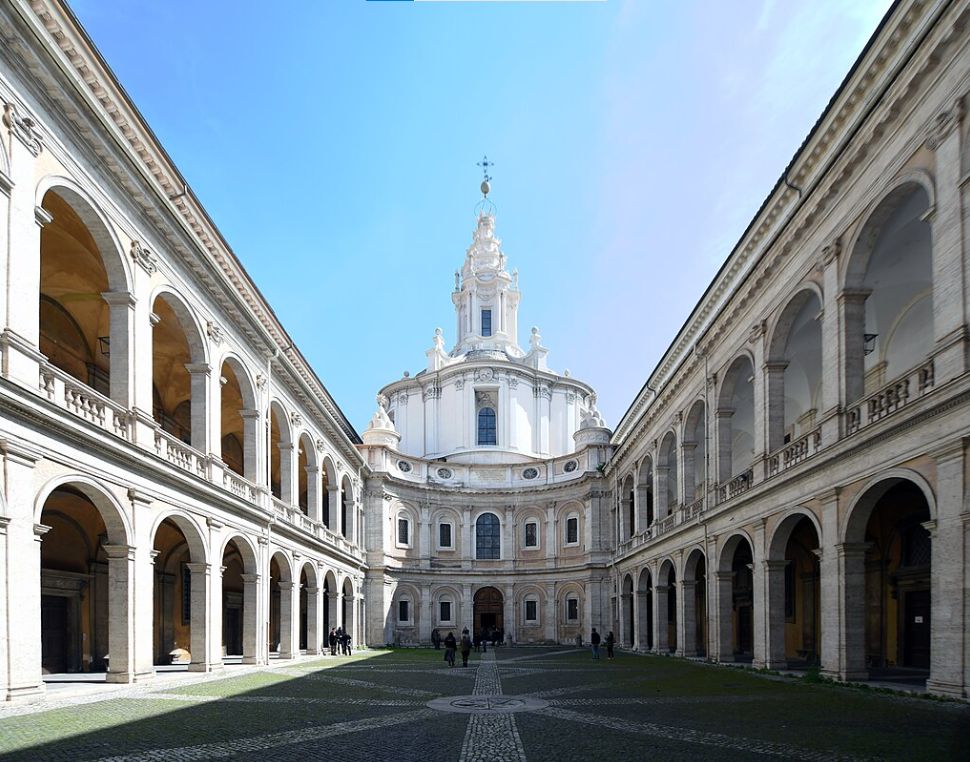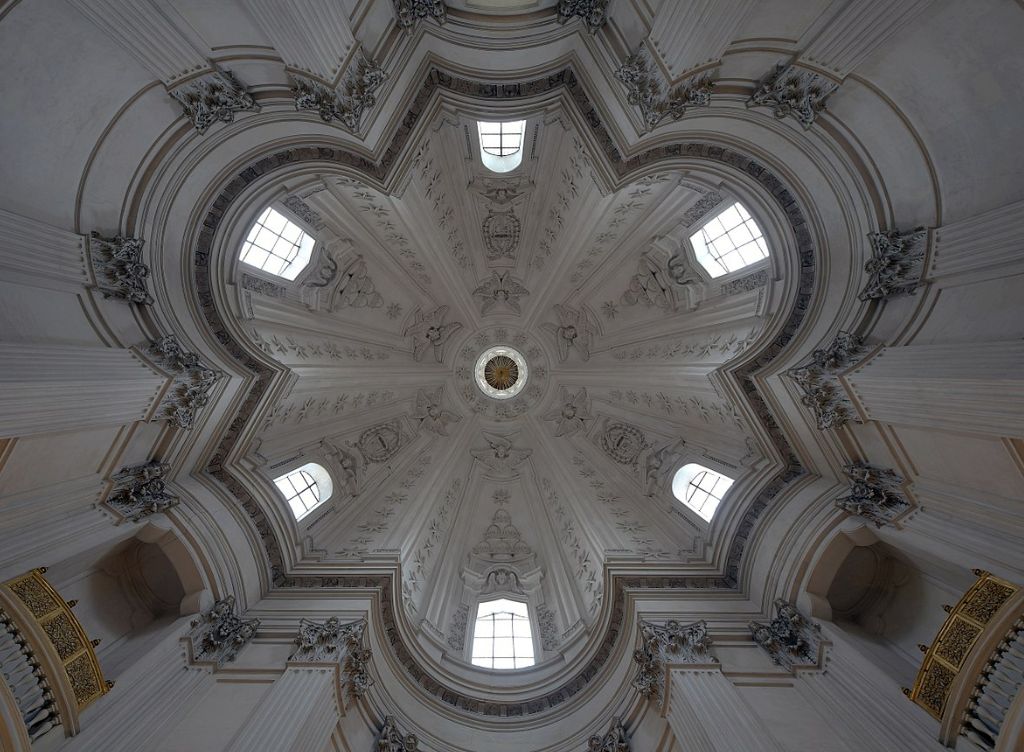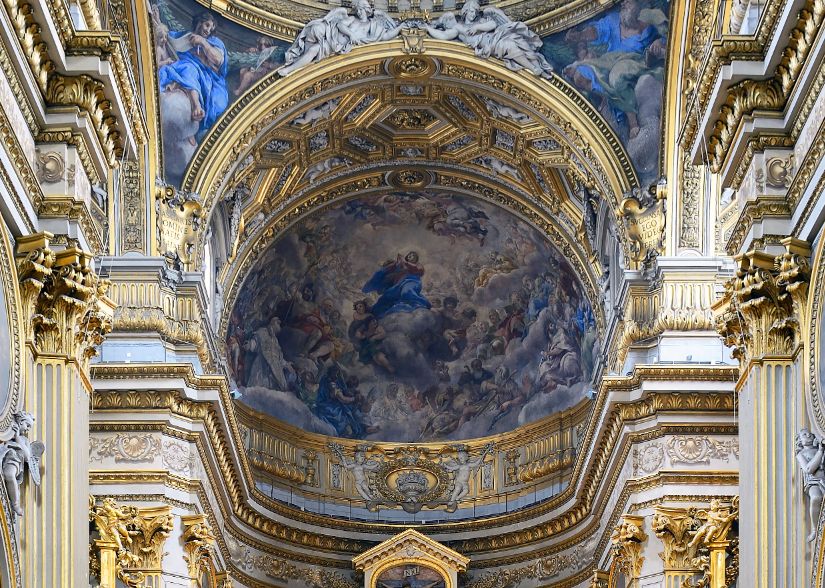In the vast timeline of Italian art history, Francesco Borromini stands out as a genius architect whose designs showcase his deep understanding of classical architecture while embodying his spirit of bold innovation.
Born in 1599, originally named Francesco Castelli, Borromini began his career as a stonemason. In 1619, he moved to Rome and started his architectural journey. In his early years in Rome, Borromini worked as a decorative sculptor and draftsman. He later worked under Bernini, contributing to projects like the canopy of St. Peter's Basilica. However, due to personality clashes, Borromini and Bernini eventually parted ways. Borromini's solitary nature, tendency towards conflicts, and fragile mental state ultimately led to his tragic suicide.
Borromini was renowned for his profound understanding of architectural structure and his unique geometric designs. His works often featured astonishing spatial effects, appealing more through intellect than emotion. Inspired by Galileo's ideas on the irregularity of planetary orbits, Borromini rejected the simplistic forms of cubes, columns, and spheres that were common in early architectural designs, striving instead for more complex and innovative forms. This spirit of innovation left an indelible mark on architectural history.
One of Borromini's masterpieces is the Church of Sant'Ivo alla Sapienza. This church's design cleverly interweaves equilateral triangles and circles, creating a central, unique hexagonal space. Originally built as the chapel of the Archiginnasio of Rome, the primary purpose was to provide a suitable space for sermons to students. Freed from the constraints of Counter-Reformation church plans, Borromini designed a massive, complex homogenous structure.

The dome's design is particularly striking with its simple yet dynamic form. The continuous upward and inward walls meet at the circular skylight beneath the lantern, free from any interfering elements. This achieves spatial unity without reducing variability and dynamism. Symbolism plays a role in this exquisite design. The design is said to be inspired by the coat of arms of Pope Urban VIII, a member of the Barberini family, resembling bees with their wings folded. The intersection of two triangles forming a hexagon symbolizes wisdom, making it especially suitable as a university chapel. This design appears in the stucco decorations of the dome and is seen as a symbol of wisdom and the Holy Spirit's descent at Pentecost. At the center of the lantern is a gilded dove. The lantern's exterior features a spiral ziggurat crown, hinting at the confusion of tongues, as interpreted in the Old Testament akin to the linguistic gift of Pentecost.


Inside the church, Borromini did not use the rich materials favored by Bernini. The stucco of Sant'Ivo alla Sapienza was originally entirely white or slightly grayish-white. However, many large Roman churches of the time featured domes painted with frescoes, depicting scenes of heaven. In the Church of Santa Maria in Vallicella, the dome is adorned with the fresco "The Glory of the Trinity," and the semicircular apse features the "Assumption of the Virgin." This clearly shows the influence of Correggio’s dome in Parma Cathedral, illustrating the exhilarating sense of ascension.

Borromini's innovative spirit and mastery of geometry in architectural design made him one of the most important architects of the Baroque period. His works not only possess visual impact but also have profound implications in architectural theory. Borromini’s design philosophy and innovative thinking turned his architectural works into epitomes of that era’s architectural art. His unique style and profound theoretical knowledge pioneered a new era of Baroque architecture. Through bold exploration of geometric forms and spatial effects, Borromini not only created numerous architectural masterpieces but also provided invaluable inspiration and guidance for future architects.
Borromini's position in architectural history is unassailable. His architectural designs are not only a testament to his personal talent but also a symbol of the architectural art of his time. Through innovative exploration of architectural structure and spatial effects, Borromini transformed the face of Baroque architecture and set new benchmarks for subsequent architects. His works are of both artistic and historical significance, becoming essential subjects for research and study by later generations.